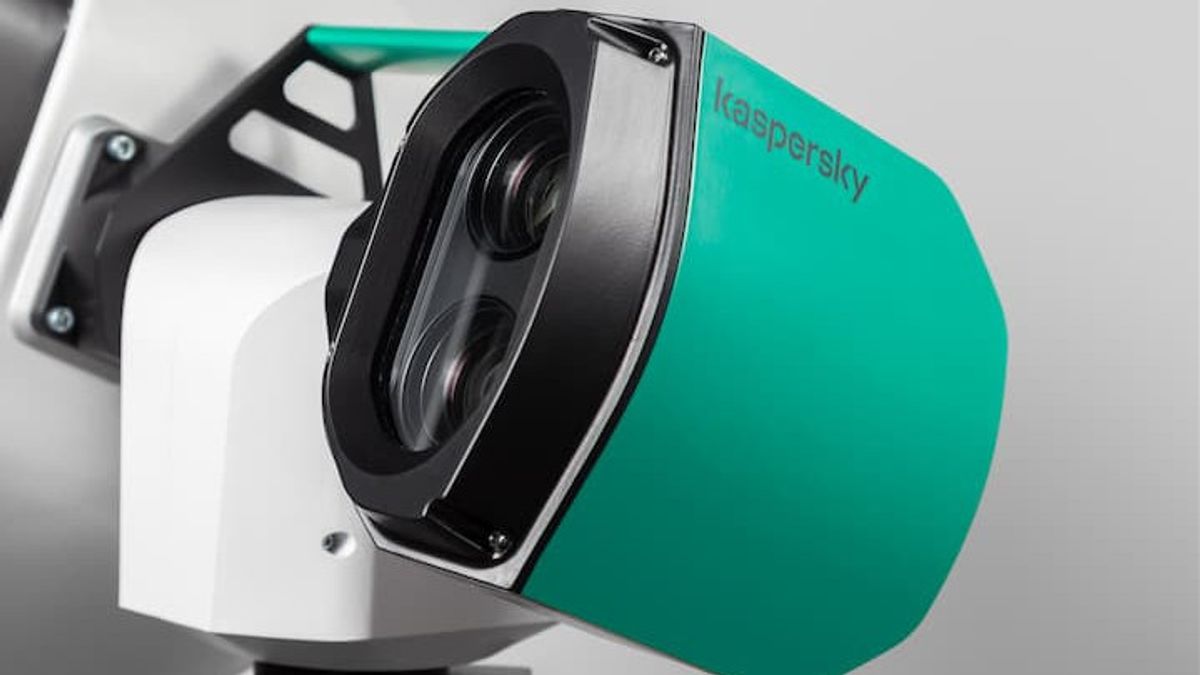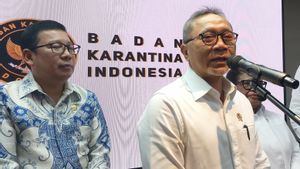JAKARTA - In 2027, the global civilian drone market is expected to grow to US$21.62 billion (Rp339 trillion), almost double from 2023.
Therefore, there is an increasing need to protect commercial facilities, critical infrastructure, and public events from drones that record videos without permission or even industrial espionage.
Responding to these challenges, Kaspersky improved Antidrone solutions with the most advanced technologies, including AI algorithms and neural networks.
"In the latest release, we have optimized many important functions in software and solved false positive problems," said Alexander Gorbunov, Kaspersky Antidrone's International Business Development Manager.
Some of these updates include:
Event clustering
The latest Kaspersky Antidrone interface uses a smart algorithm that displays only events that are considered have been confirmed' by the system on the map. This allows the system to perform some analytical work, thereby reducing the operator's workload.
See more, show better
In the updated system, Kaspersky Antidrone scalability has increased significantly and multilaterally. Now, users can more easily integrate Antidrone with third-party solutions through API, allowing geographical area coverage to be expanded, as well as manage the full system of one console.
Kaspersky Antidrone also has a self-developed map, where significant redesign and a new framework are carried out, resulting in higher work speeds. All graphic elements are easy to display in real time.
SEE ALSO:
Comprehensive special settings and archives
The Kaspersky Antidrone archive stores information about all events, including false positive results (for example, bird detection). The report is made automatically and only for events selected by the user. It highlights key characteristics such as take-off points, pilot locations, flight start times and expiration, as well as the first and last frames detected in the video. In the new version, the archive is more detailed and easy to understand.
"We have simplified interface navigation and removed excessive information, to improved integration capabilities," he concluded.
The English, Chinese, Japanese, Arabic, and French versions are automatically generated by the AI. So there may still be inaccuracies in translating, please always see Indonesian as our main language. (system supported by DigitalSiber.id)

















